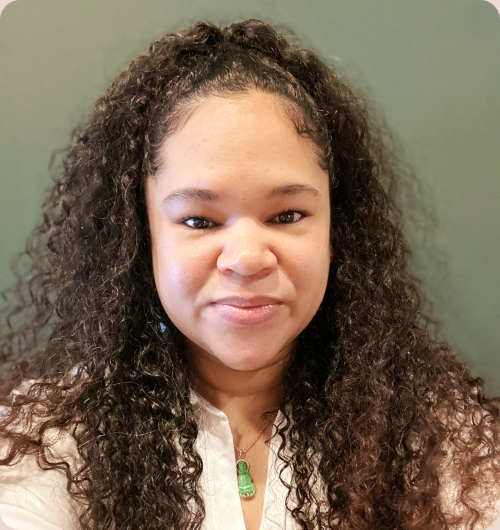


Preserve Your Options — Egg Freezing at Bay IVF
Give yourself the gift of time. At Bay IVF in the Bay Area, we help you freeze your eggs in a personalized, confident, and comfortable way — so you can build your family on your terms.


Egg freezing allows you to retrieve and freeze your eggs now, when they are of higher quality, for use in the future. It’s a proactive choice for women who want to delay parenthood.
At our Palo Alto clinic, we guide you through the process step by step — no surprises, no rush. You’re in control.

Who Might Consider This Option?

You might explore egg freezing if you:
- Wish to postpone pregnancy for career, travel, or other personal reasons.
- Are concerned about age-related fertility decline or low ovarian reserve.
- Have a medical condition or upcoming treatment (e.g., chemotherapy) that could impact fertility.
- Want more flexibility in your family-building timeline.
In each case, we assess your individual fertility profile, goals, and timeline — then help you decide if egg freezing is right for you.

Freezing Your Eggs
Egg Freezing is a relatively simple and straightforward procedure. It involves retrieving eggs from the ovaries, cryopreserving them, and storing them in liquid nitrogen.
The success of the Egg Freezing process primarily depends on the patient’s age at the time her eggs are frozen.
It is important to note that the probability of a successful outcome from freezing your eggs remains independent of the patient’s age when the eggs are thawed, inseminated, and the resulting embryo(s) transferred into the uterus.
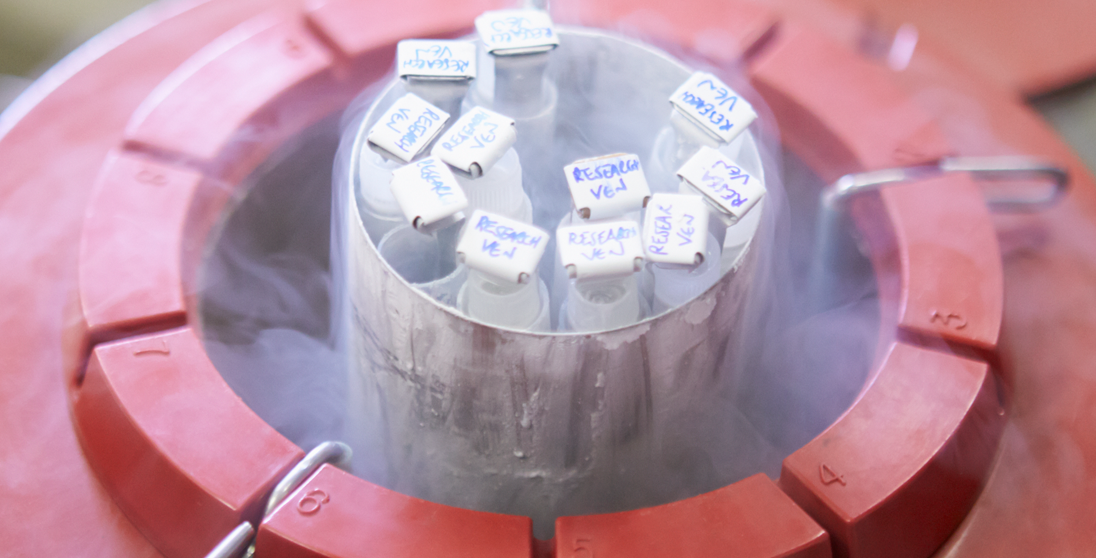
Our Approach — Personalized, Gentle, Transparent
Tailored stimulation: We design protocols that prioritize egg quality over sheer quantity, minimizing medications and clinic visits where possible.
Life-friendly care: Many of our patients continue working and living their lives during the cycle. We aim to keep disruption minimal.
Clear timeline & cost: You’ll know what to expect —number of visits, target egg range, storage process, and long-term planning.
Dedicated support: From your first call to every monitoring visit, you’ll meet the same small, responsive team who truly care.
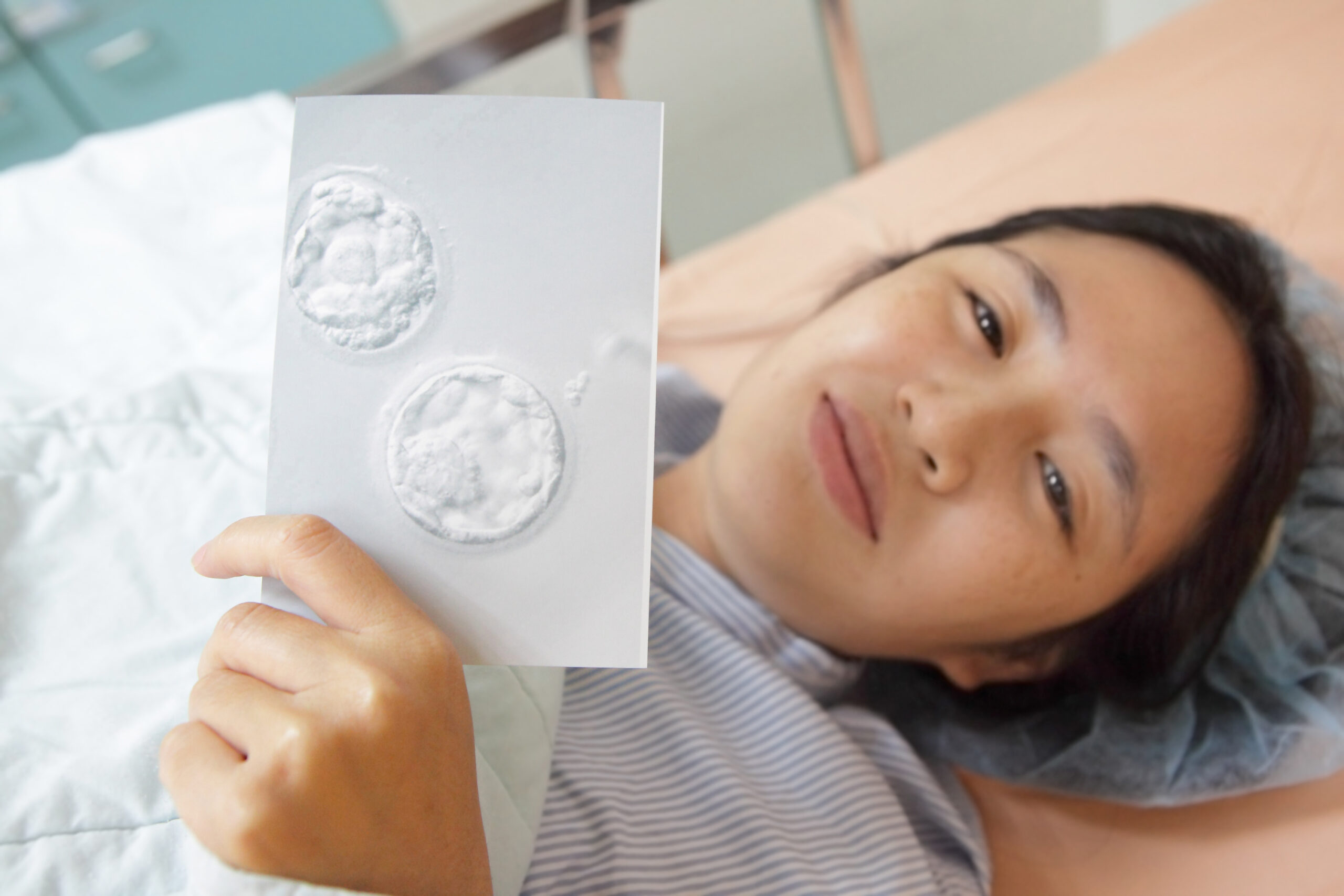


More than one cycle of Egg Freezing can optimize the number of frozen eggs for your future use.
Egg Freezing Treatment Process
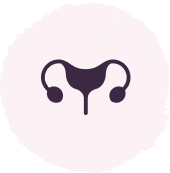
Ovarian stimulation
Over 9–12 days, you’ll self-administer medications (under guidance) and attend brief ultrasounds and blood tests.

Egg retrieval procedure
An outpatient procedure under sedation; you’ll go home soon after and recover comfortably.

Egg cryopreservation
Retrieved mature eggs are frozen using the latest technology.

Egg storage in liquid nitrogen
Following cryopreservation, the eggs are transferred to a liquid nitrogen storage chamber in our Clinic. Theoretically, there is no limit on the length of storage
Below is an example of an Egg Freezing treatment cycle. Your individualized protocol may take less or more time to complete.
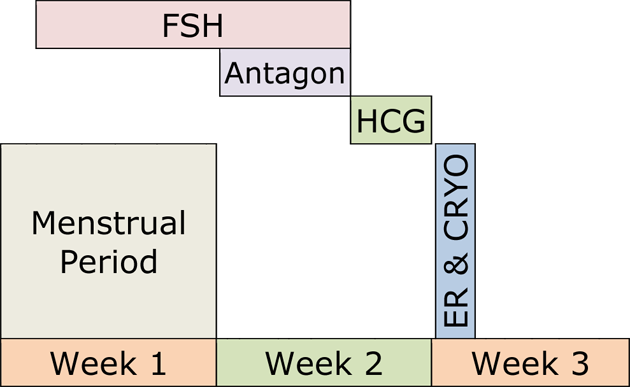

Key Considerations & What It Really Means

- Age matters most. The younger you are at freezing, the better your odds — egg quality and quantity decline with age.
- Egg freezing is not a guarantee, but a best-option strategy. It gives you more control, not an insurance policy.
- Storage & cost: There are costs for retrieval, freezing, and long-term storage — we’ll walk you through all of them clearly.
- Future planning: How many eggs to freeze? When to use them? These are questions we’ll answer together — based on your profile and goals.

Is This Right for You?

If you’re thinking ahead and believe in being proactive about fertility, it may be. At Bay IVF, we’ll help evaluate:
- Your AMH level, antral follicle count, age, and health.
- How many cycles you might need to freeze a sufficient number of eggs.
- A timeline that matches your life — not the other way around.
Call us to explore this option and ask any questions you have. There’s no pressure — just clarity.

Take the Next Step

Call or text us at 📞 650 322 0500 to schedule your in-person or complimentary video consult.
In this visit, you’ll:
- Review your fertility profile and options
- Get a personalized roadmap for your egg‐freezing plan
- Receive a transparent cost estimate and timeline
Your future matters — let’s preserve your options, together.


Prerequisites for Egg Freezing
Only a few treatment prerequisites are required before your treatment begins. They assess your egg quality.
Your age
The probability of a successful Egg Freezing treatment becomes exceedingly low by age 44. You must be 43 and 11 months or younger when your Egg Freezing treatment begins. The Egg Freezing treatment is most effective for women younger than 35.
Your weight
Your BMI must be no greater than 31 for an adequate ovarian response and safety during the egg retrieval procedure. If your BMI is higher, please follow the IVF Diet and Lifestyle (PDF) recommendations as closely as possible.
Pathogen testing
This testing is required by the State of California. You must be tested for Hepatitis B-Surface Antigen, Hepatitis C-Antibody, HIV I&II, and RPR.
Ovarian Reserve Assay (ORA)
ORA assesses the likelihood of producing normal-quality eggs. It involves measuring Follicle Stimulating Hormone (FSH), estradiol (estrogen, E2), and Anti-Mullerian Hormone (AMH) levels in blood.
These test results are used to optimize ovarian stimulation.
Antral Follicle Count
The number of antral follicles (small fluid-filled sacs within the ovaries seen on ultrasound) in unstimulated ovaries is related to the quality of the eggs. Ideally, there should be approximately 20 antral follicles in both ovaries combined.
Genetic testing (optional)
All future parents should consider genetic screening for hundreds of the most common genetic diseases. Please inform us during your initial appointment at Bay IVF if you would like to have your blood sample sent for genetic screening.
IVF diet and lifestyle
Environmental factors significantly impact reproductive health. Please review the IVF Diet and Lifestyle document (PDF) for a comprehensive list of environmental reproductive health recommendations and a source for dietary supplements.



We use gentle, individualized ovarian stimulation protocols and strive for the highest egg quality.
Meet Your Doctor

- Dr. Polansky received his medical diploma from Charles University in Prague, the Czech Republic, in 1978.
- After completing his OB/GYN residency at Jewish Hospital in Saint Louis, MO, he graduated from the Reproductive Endocrinology and Infertility (REI) fellowship at Stanford University in 1985.
- In the same year, he co-founded the Stanford IVF Clinic.
- Dr. Polansky obtained board certification in Obstetrics and Gynecology in 1986 and became REI subspecialty board certified in 1988.
- In 1987, he left Stanford University and established Nova IVF.
- In 2011, he founded Bay IVF, where he provides advanced fertility treatments with a holistic approach, utilizing state-of-the-art techniques.
- Dr. Polansky personally performs ultrasound examinations, egg retrievals, embryo transfers, and ovarian and endometrial stimulations for his patients.
- He is deeply committed to his patients and is always ready to lend a helping hand.
Frank Polansky, M.D.



Initial Appointment Questions
When you call to schedule your consultation, one of our Front Office Coordinators will ask you a short series of simple questions regarding your reproductive history. You will also have an opportunity to ask any financial questions.
Your Initial Visit at Bay IVF
A new patient appointment at a fertility clinic can be stressful. Our goal is to make your initial visit as friendly and relaxing as possible. We encourage you to ask questions at every step of the process to make you feel comfortable and informed.

When You Arrive
You will be welcomed by one of the clinic’s receptionists. One of our nurses will measure your height and weight and take your blood pressure.

Meet Your Doctor
Dr. Polansky will ask you a series of clarifying questions and then provide you with a summary of the factors contributing to your infertility.

Ask Your Questions
You will then have a discussion with him about the most suitable reproductive treatment(s) for you. During this time, you will have the opportunity to ask any questions you may have.

Exam Room
One of the nurses will escort you to an examination room. Your examination will begin with listening to your lungs and heart.

Ultrasound of the Ovaries
The next step is a pelvic ultrasound to examine the uterus and ovaries. This ultrasound will help determine the number of antral follicles present within the ovaries.

Financial Part
After that, you will discuss the financial aspects of your treatment with one of the financial advisors, including potential financing options.

Support 24/7
If you have any questions after leaving the clinic, please feel free to reach out to us by phone, text, or email. Open and discreet communication is an integral part of the care we provide at Bay IVF.

What About Time?
Your entire visit is expected to last approximately one hour.


Schedule Your Initial Consultation With Dr. Polansky
Online (no cost) or In-Person
Call or Text Us: Call or text us at 📞 650 322 0500
You can also complete the form below to request your initial consultation.


Let’s talk about your next step






